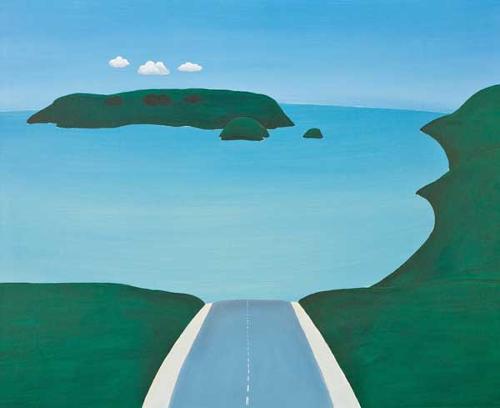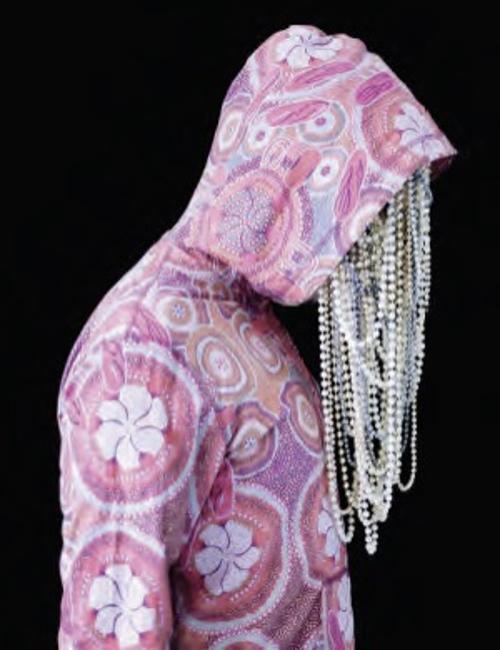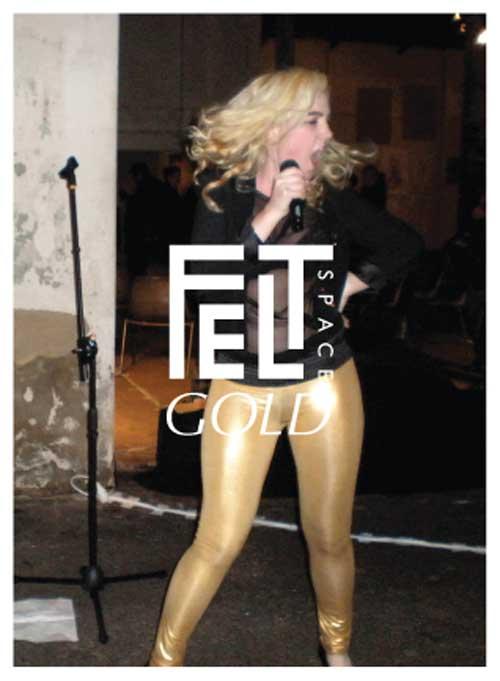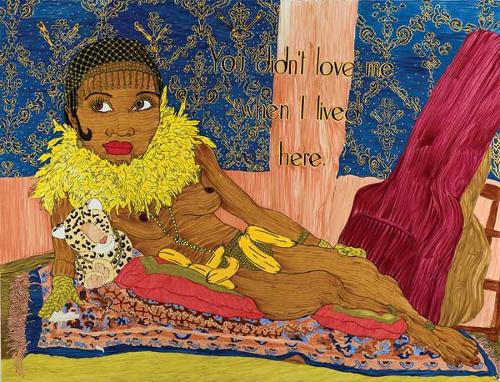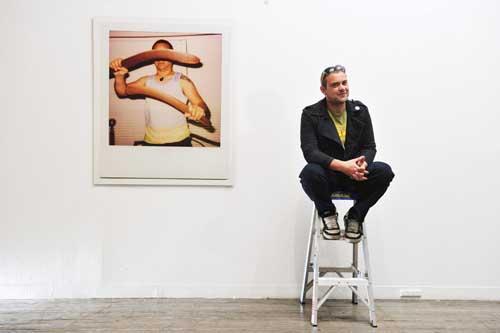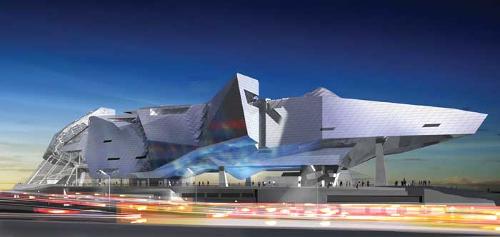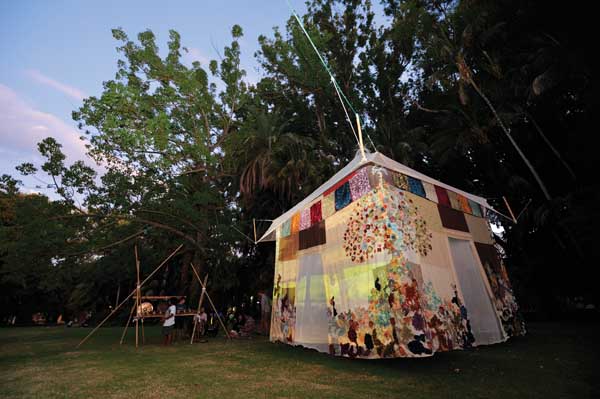
Referring to a poem by Jaan Kaplinski, about a father and son talking about the moon and its relationship to the evening star on their way home, the writer Czeslaw Milosz says that "whoever wants to combine looking and reflection should walk". And so it was for this series of installations in the grounds of UWA for the Perth International Arts Festival.
We were like a loose band of individuals wandering on a Fellini film set, as we journeyed that evening, led by curators and artists around a short walk of site-specific art. All of the artists had been challenged to make a work which transformed the surroundings by altering the perceptions of the viewer. In addition, this inaugural event celebrated the passing of the 1911 Act that established the University of Western Australia.
The relationships of objects, ideas, plants, people, birds, animals, insects, sounds and fruit could be said to be the material of these artists. By secreting an audio on a loop, Gian Manik made us look up at netting hanging from a massive Morton Bay fig tree. Instead of bird-sounds spilling from this work, I heard whistling and far-off thunder - perhaps an echo from the recent Queensland cyclone rather than the seemingly permanent dry of the work's location in the South West of Western Australia.
A little further on we encountered Radicle by Nien Schwarz. Here under the shadow of the Reid Library on the lawns of the Great Court were one hundred native plants arranged in large rings. These circles, each a different colour, alluded to various University degree awards. Individual plants, nestled and bound each within their own sleeping bag, had a little mast from which fluttered two shades of flagging tape, one identifying the plant, while the other referenced a UWA author and publication title relating to diverse perceptions of landscape - body or earth. This work reminded me of an ambition of the German Romantics who wanted to bring science, life and art together - to make the world “poetic”. Each plant was like a library connecting us to the place we walked through, its nearness mysterious, and yet to be fully known.
It was a surprise to wander by the monochrome blue work by Bennett Miller. A large area of grass had been sprayed electric blue, and owing no doubt to other rules of perception, it seemed as if an after-image of orange illuminated my vision as I glanced away. His ambition to lure the University peacocks down from the rooftops to feed on this unearthly field was not realised - however talk of the peacocks inserted them into my mental picture of the landscape.
The memory house by Diokno Pasilan, made of recycled transparent cottons seemed to float weightlessly across the lawns as if carried by ghosts. I ate some fruit which was offered on the table within this see-through house. Music was being played by his Gong Band and the sounds seemed on the verge of falling over or of reaching completion all at once. The community of UWA had the opportunity to have an alter-ego created and let loose on Second Life - to wander through a scale model of the virtual campus created by Julian Stadon. The motion of real bodies made this work spring to life as a digital projection onto the back of the playhouse.
A small golf-cart was commandeered by artist George Egerton-Warburton, who drove guests around the campus over diverse routes with a troupe of actors running (breathlessly) behind the cart, reciting fragments of over-heard conversations to the captured audience. Was this work an act of utter absurdity or a reflection of the fast pace of our confused lives? Probably both.
Quadraphonic layers of sounds from a newly written string quartet composition by Rachael Dease folded and curved over the divine architecture in the Winthrop Hall foyer. Entranced, I realised I no longer had to go to Italy to see vaulted ceilings – they are here close to my home.
As the walk ended and twilight reached its apogee, where light shirts and dresses were illuminated in the dim glow, we all parted, taking with us diverse and unique images of place and imagination.


